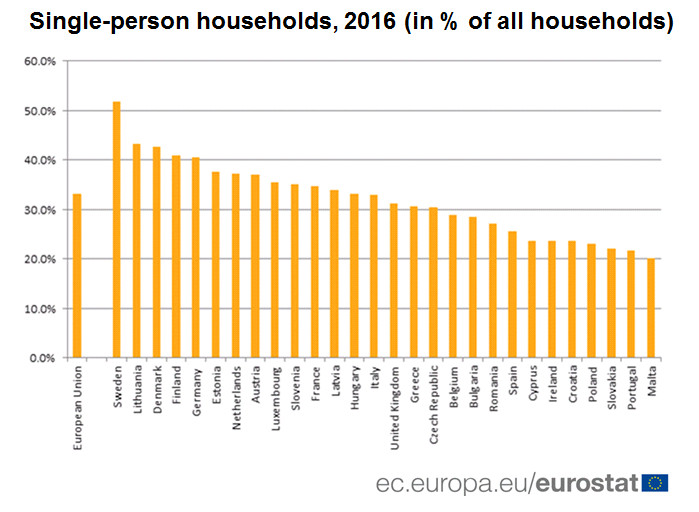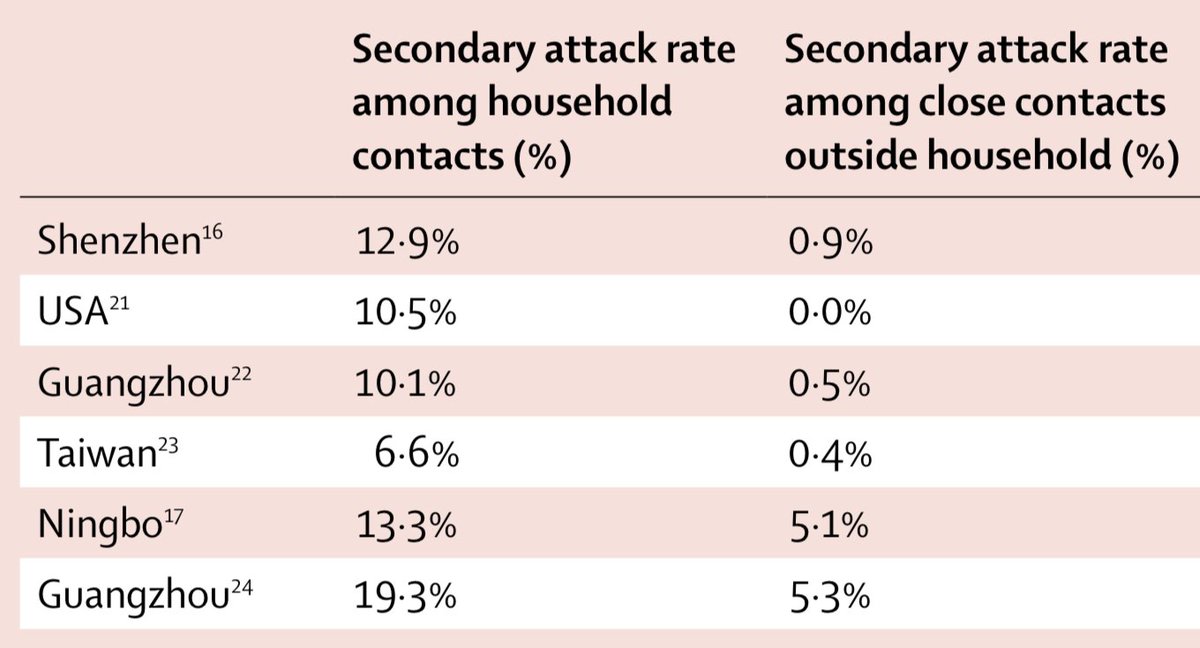
How would a 'protect the vulnerable and let everyone else go back to normal' approach to COVID play out? I see three main scenarios, each with important consequences to consider... 1/
Scenario A: Let's suppose it's possible to identify who's at high risk of acute/chronic COVID-19. Then somehow find way to isolate these people away from rest of society for period it would take to build immunity in low risk groups and get R below 1 & infections low... 2/
This would mean isolating at least 20% of UK population (if use over 65 as age cutoff) and this period of isolation could be several months (or longer if rest of population continues to be cautious, reducing the overall rate of infection and hence accumulation of immunity). 3/
Scenario B: Identify risk groups & reduce infection among their contacts to very low levels through testing & isolation. Because risk groups so embedded within society, this may well end up suppressing transmission (i.e. won't generate much immunity):
https://twitter.com/AdamJKucharski/status/1307731890393296899?s=204/
Scenario C: Don't fully isolate risk groups away from rest of society or put substantial infection-preventing restrictions on their contacts. Accept the high level of severe disease that likely will result as a consequence of this choice. 5/
If scenario A or B aren't feasible, the default of a 'go back to normal' approach will be scenario C. Need to discuss possible options for response to COVID, but also need to think through implications and have honest acknowledgement of what consequences could be. 6/6
• • •
Missing some Tweet in this thread? You can try to
force a refresh





